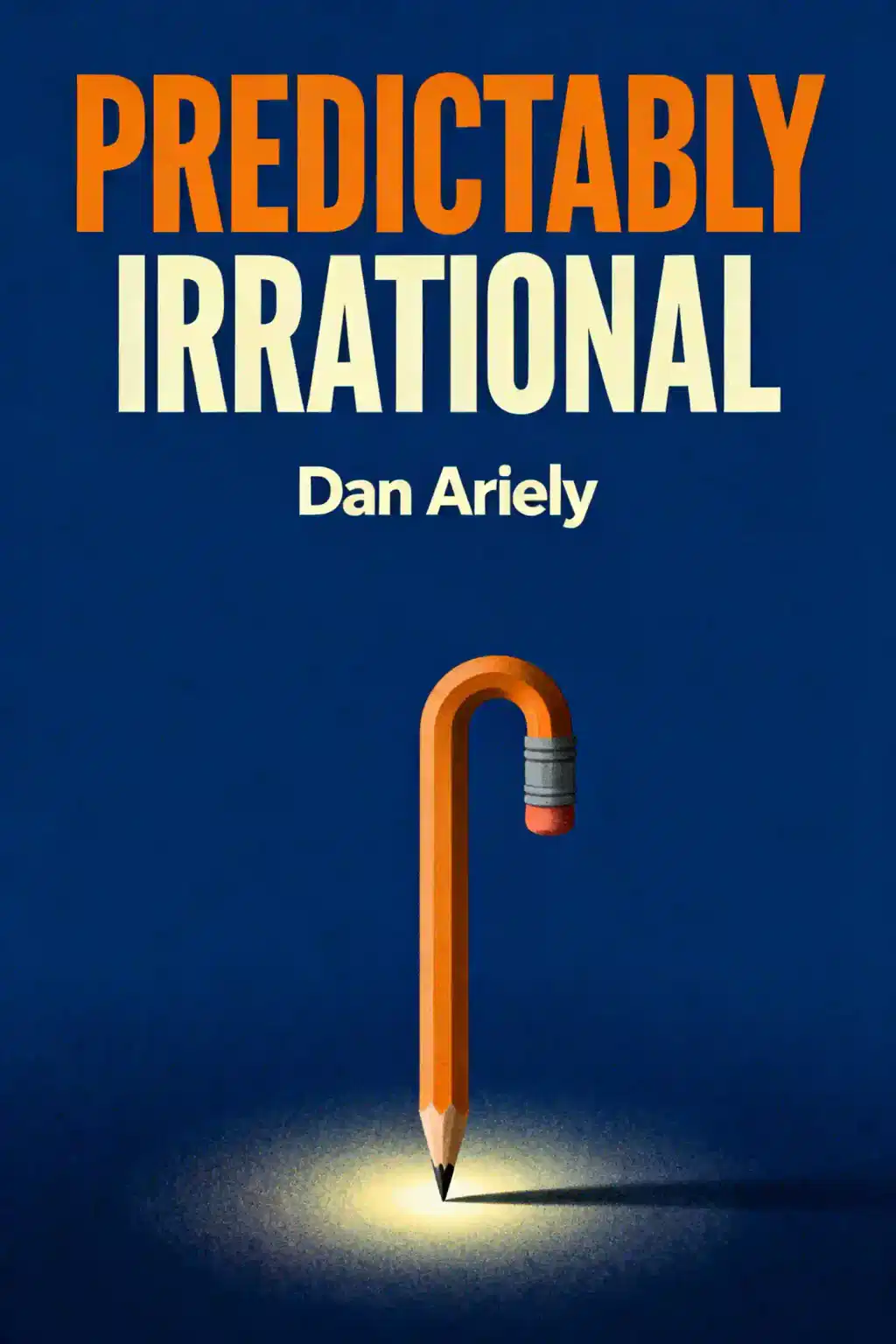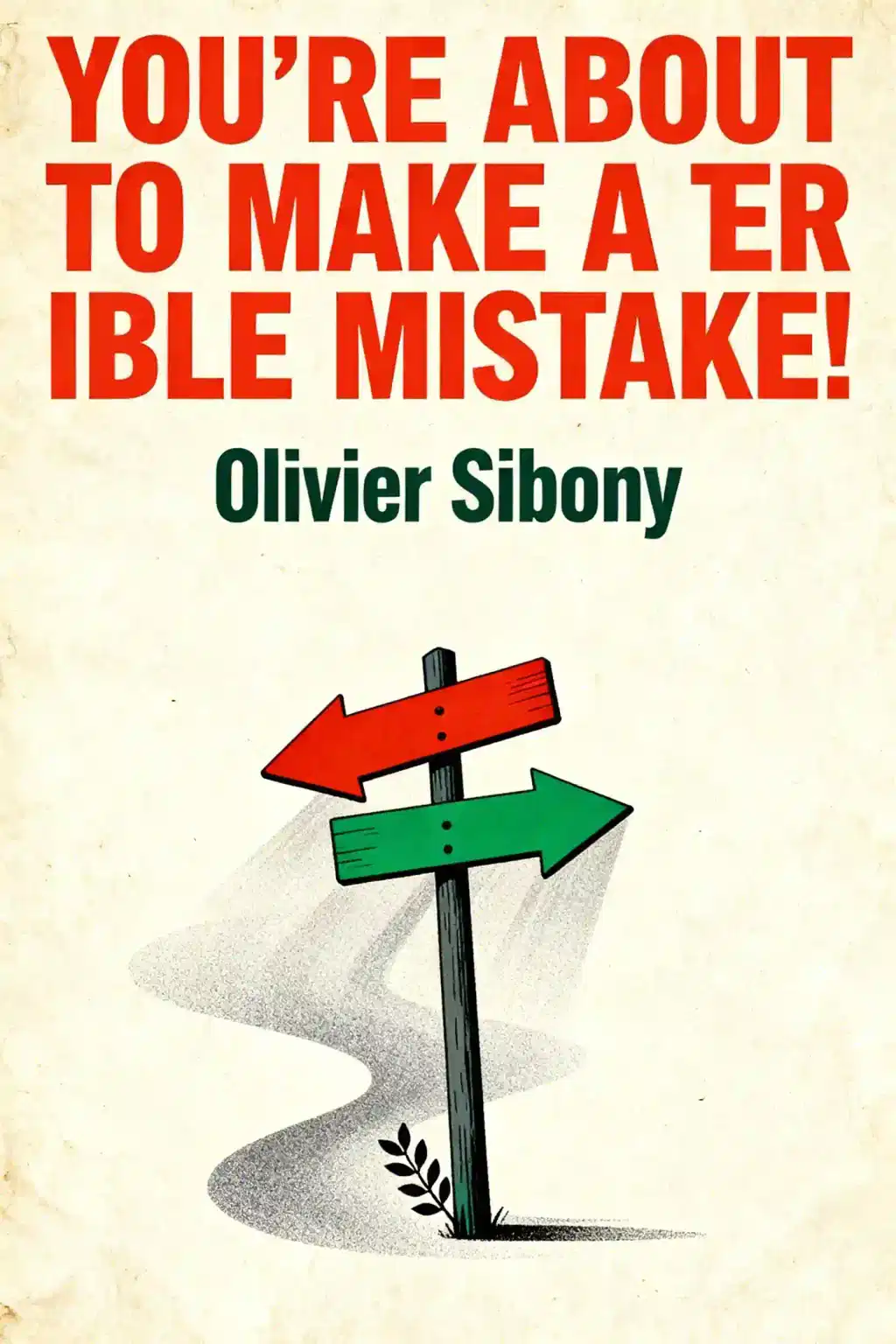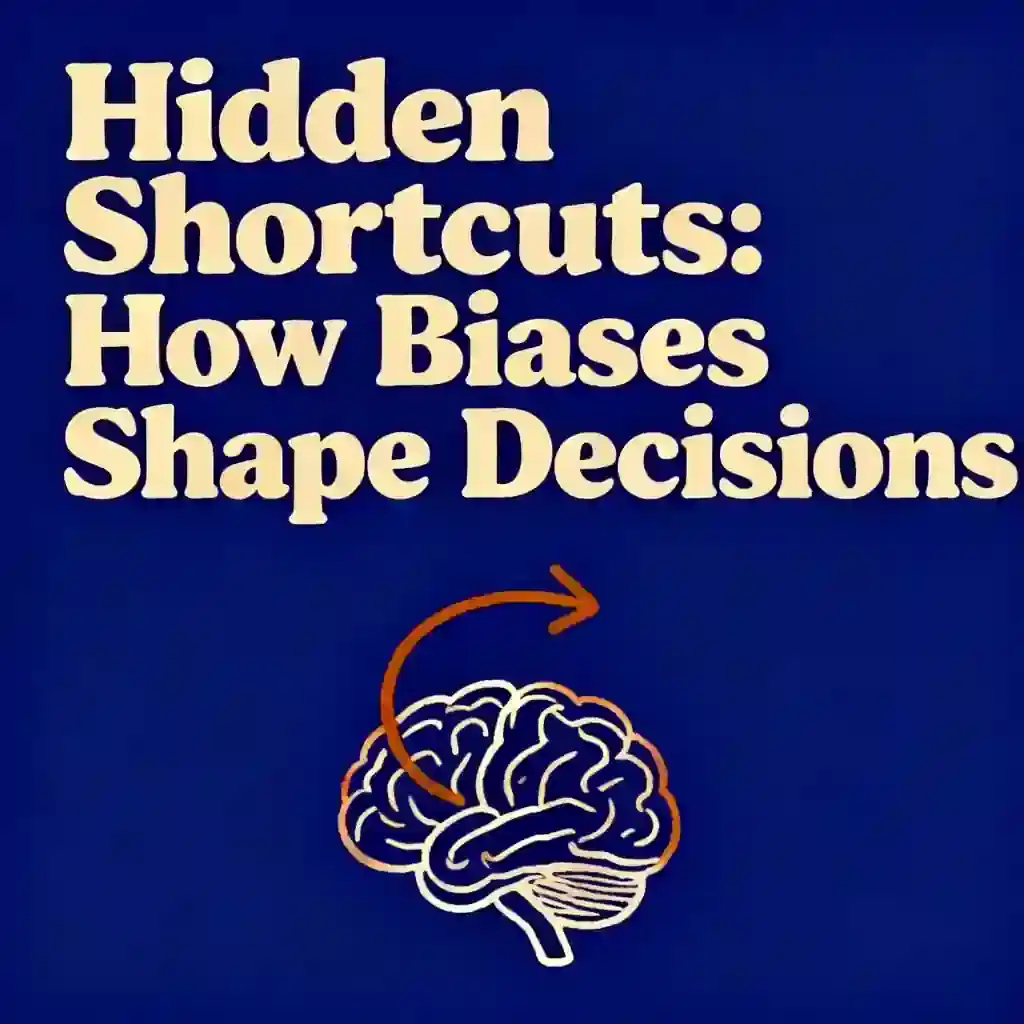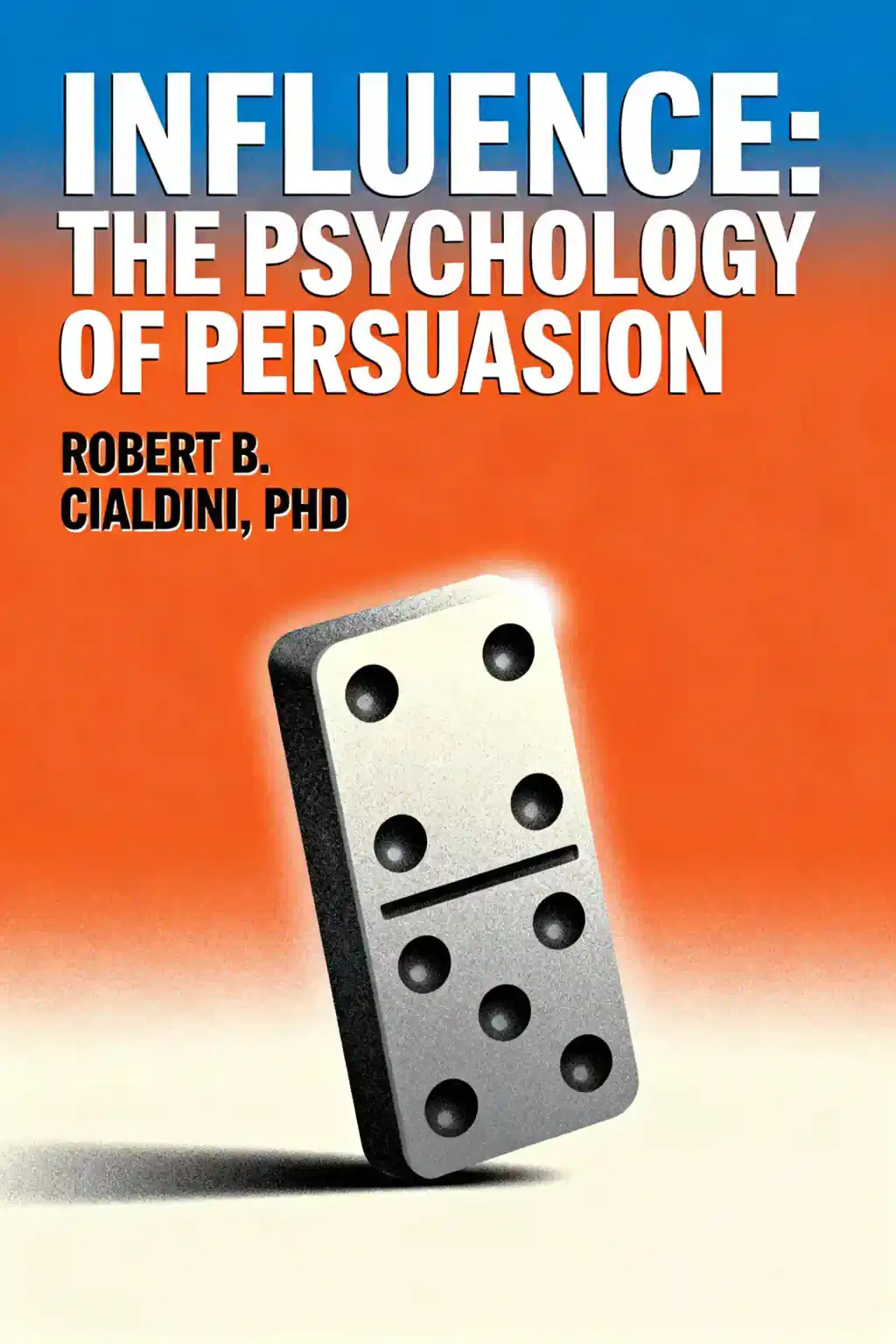What is
Predictably Irrational by Dan Ariely about?
Predictably Irrational explores how human decision-making is systematically irrational, shaped by emotions, social norms, and cognitive biases. Dan Ariely uses behavioral experiments to reveal patterns like the decoy effect, placebo pricing, and procrastination, showing how these "predictable" flaws influence consumer behavior and personal choices.
Who should read
Predictably Irrational?
Marketers, business leaders, and psychology enthusiasts benefit most. Ariely’s insights help professionals design better pricing strategies, while general readers gain tools to recognize irrational habits in spending, relationships, and health decisions.
Is
Predictably Irrational worth reading?
Yes—it combines academic rigor with actionable insights. Readers praise its engaging experiments and real-world applications, like avoiding impulse purchases or negotiating effectively.
What are the key concepts in
Predictably Irrational?
Key ideas include:
- Relative pricing: Choices depend on context (e.g., a decoy product making others seem cheaper).
- Ownership bias: Overvaluing what we own.
- Market vs. social norms: Mixing monetary and social incentives backfires.
- Procrastination: Immediate gratification often overrides long-term goals.
How does Dan Ariely explain irrational decision-making?
Ariely argues irrationality stems from mental shortcuts (heuristics) and emotional triggers. For example, free products create irrational excitement, while arbitrary price anchors skew perceptions of value.
What experiments in
Predictably Irrational reveal human biases?
Notable experiments include:
- The Economist subscription: Adding a decoy option increased print+digital sales.
- Placebo pricing: Cheap painkillers were perceived as less effective than identical expensive ones.
- Free vs. paid: Participants chose inferior free items over better-paid alternatives.
How does
Predictably Irrational apply to marketing?
Marketers can use relative pricing (highlighting mid-tier products), leverage free offers to drive demand, and avoid mixing social gestures (e.g., gifts) with transactional relationships.
What are criticisms of
Predictably Irrational?
Some argue Ariely focuses too narrowly on micro-behaviors, neglecting systemic economic factors. Others note his experiments, while insightful, sometimes oversimplify real-world complexity.
How does
Predictably Irrational compare to
Thinking, Fast and Slow?
Both explore decision-making biases, but Ariely emphasizes actionable business/personal applications, while Kahneman delves deeper into cognitive psychology theory.
Why is
Predictably Irrational relevant in 2025?
As AI and personalized marketing grow, understanding irrational triggers (e.g., dynamic pricing, decoy algorithms) remains critical for consumers and businesses.
What famous quotes come from
Predictably Irrational?
- “We don’t have an internal value meter… we focus on relative comparisons.”
- “Procrastination is the thief of time... and the ally of every advertiser.”
Can
Predictably Irrational improve personal finance habits?
Yes—by recognizing anchoring bias (e.g., overspending due to “discounts”) and ownership obsession (clinging to underperforming investments), readers can make more rational financial choices.















